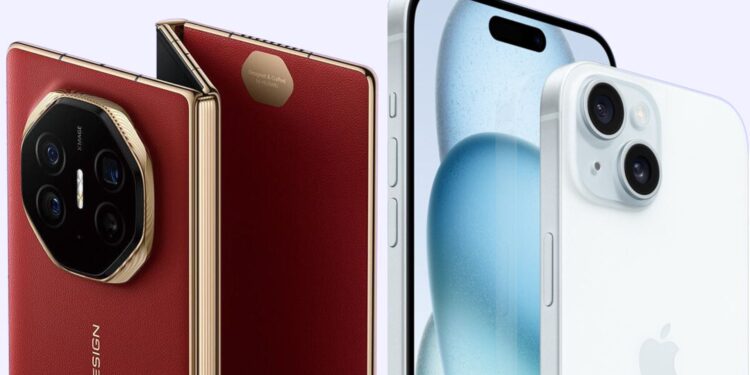In a world where technology continually pushes boundaries, the smartphone industry stands at the forefront of innovation. This week, two titans, Huawei and Apple, unveiled their latest flagship devices, sparking global conversations about the future of mobile technology. The releases not only highlight new technical features but also signal fierce competition in the premium smartphone market.
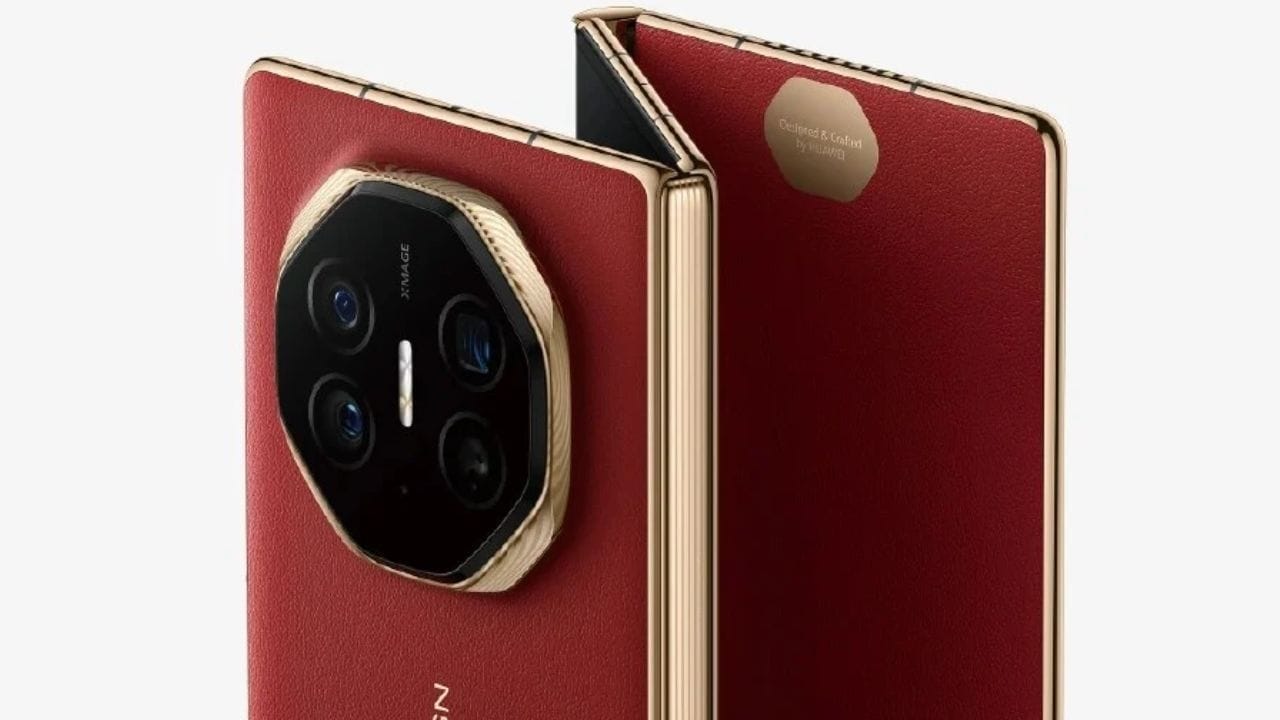
The Dual Debuts: A Clash of Titans
On September 10, 2024, Huawei made waves with the launch of its Mate XT, the world’s first commercial tri-fold smartphone, in Shenzhen, China. Just hours later, Apple introduced the iPhone 16 and iPhone 16 Plus in an event that traditionally marks a significant moment in the tech calendar.
While Apple has long been the dominant player during its annual Fall launches, Huawei’s Mate XT quickly stole the spotlight. With a dual-hinge system and cutting-edge screen-bending technology, the Mate XT represents a bold leap forward in mobile design, outshining Apple’s expected upgrades in the iPhone 16 lineup.
American online service provider AOL captured the sentiment perfectly with their article titled “Apple’s China rival Huawei just upstaged the iPhone 16 launch.” It seems Huawei isn’t content playing second fiddle anymore and has taken a leading role in the narrative of mobile innovation. As one analyst put it, “This year, however, one of its top rivals in China has tried to rewrite the script.”
Huawei’s Comeback: Defying the Odds
For years, Huawei has faced intense pressure due to U.S. sanctions, with some speculating that it would hinder the tech giant’s ambitions. However, Huawei has not only survived but thrived, particularly in its home market of China.
Since the launch of its Mate 60 Pro series in August 2023, Huawei has outpaced Apple in China, pushing the American company to the sixth position in domestic sales. According to a report from Quartz, Apple’s shipments in China dropped by 19 percent during the same period, while Huawei enjoyed its fourth consecutive quarter of rising profits.
Analysts agree that the Mate XT is a game-changer. Senior research analyst Jamie MacEwan from Enders Analysis noted that the Mate XT, despite its high price, is a signal of Huawei’s return in force. Huawei is no longer a mere competitor, but a dominant force, driving innovation at the very top of the smartphone market.
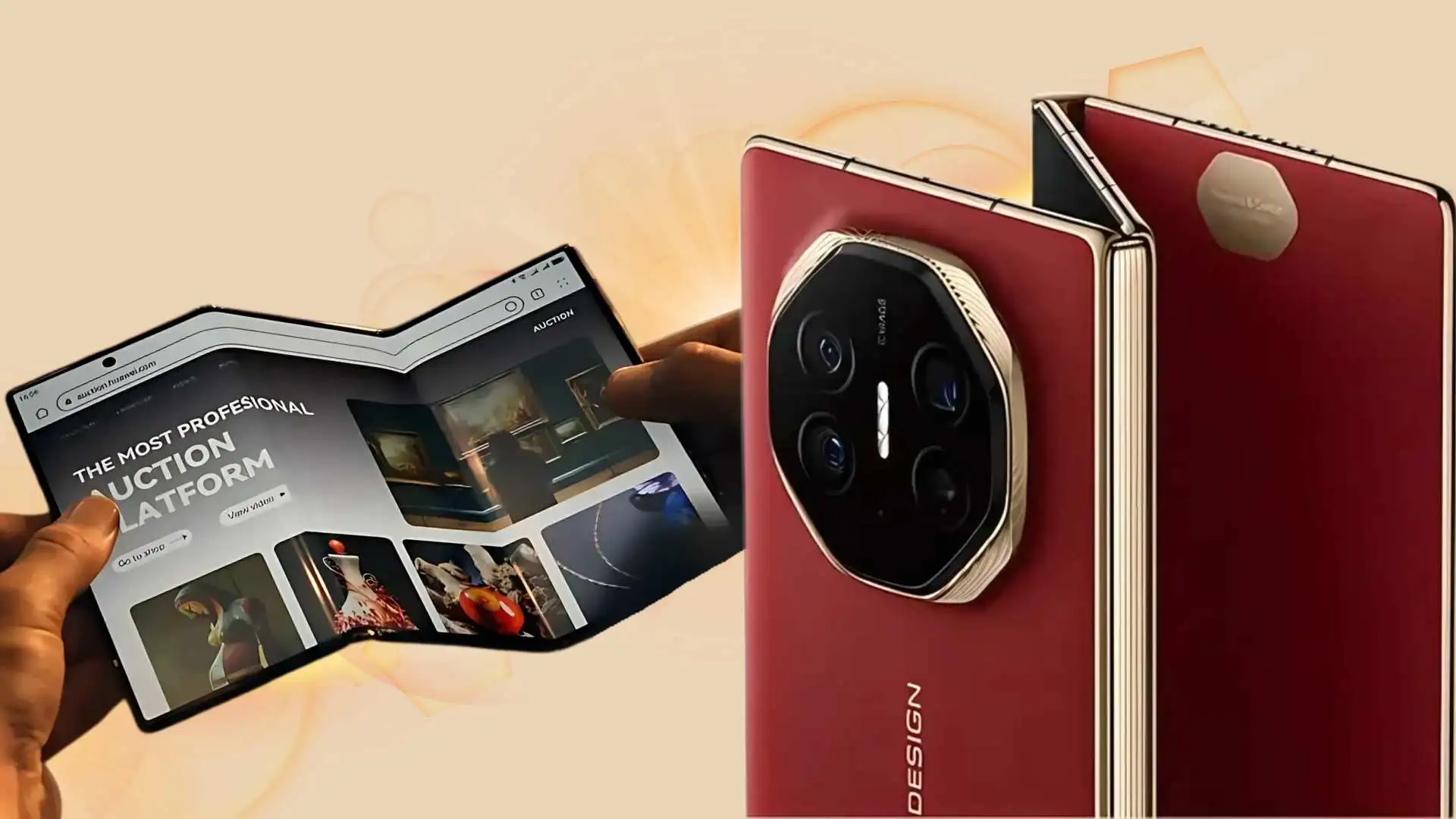
Apple’s Challenges in China
Apple, meanwhile, is facing a rocky road in one of its most crucial markets: China. With the company’s share of the Chinese smartphone market dropping from 19.7 percent to 15.7 percent in the first quarter of 2024, it’s clear that Apple’s grip on the market is loosening. The rise of domestic competitors, including Huawei, Xiaomi, and Oppo, has put considerable pressure on the Silicon Valley giant.
The launch of the iPhone 16 and iPhone 16 Plus introduced new features, such as a 48MP Fusion camera and 2x Telephoto lens, catering to photography enthusiasts. Yet, the absence of more revolutionary upgrades, particularly in artificial intelligence (AI), left some experts underwhelmed. Reuters noted that Apple’s AI features remain in test mode, failing to generate the excitement that typically surrounds new iPhone releases.
As Apple CEO Tim Cook oversees the company’s global strategy, it’s clear that maintaining its foothold in China is becoming increasingly challenging. The price cuts Apple had to implement in China are just one indication of this growing competitive pressure.
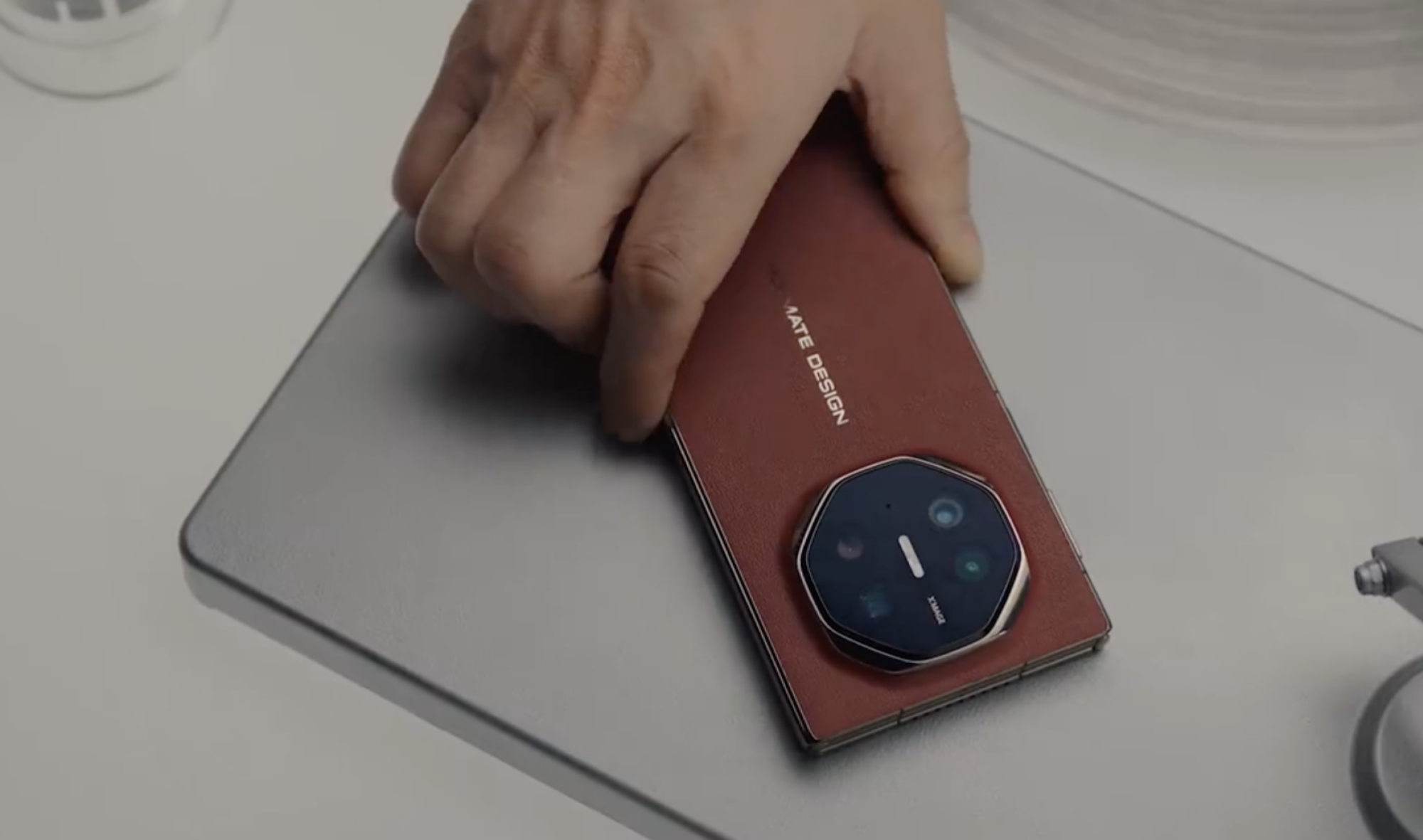
The Foldable Revolution: Leading Innovation
The Huawei Mate XT doesn’t just represent another premium smartphone; it showcases a major technological shift. Foldable smartphones have been on the rise, but Huawei’s tri-fold design is an industry first, capturing the imaginations of consumers and analysts alike.
Amber Liu, a research manager at Canalys, pointed out that the timing of the Huawei and Apple launches signals the start of a new competitive wave, particularly in the high-end market. “The close timing of Huawei and Apple’s product launches signals the start of a new competitive wave in the Chinese premium market,” she told CNN.
Huawei’s rapid resurgence has forced Apple to confront the reality of foldable smartphones. The Mate XT taps into a growing consumer desire for more flexible, adaptive devices that blend functionality with cutting-edge design. Analysts suggest that as foldable smartphones become more mainstream, their prices may eventually drop, driving even higher adoption rates worldwide.
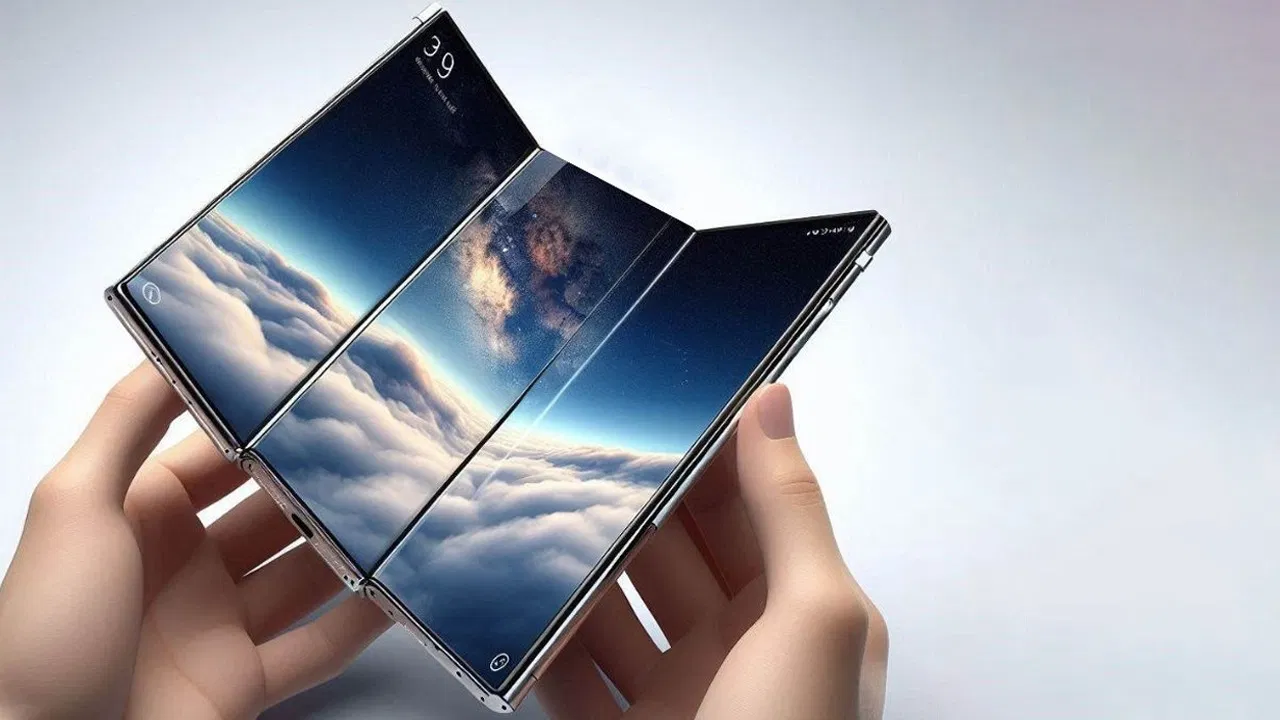
Artificial Intelligence: The Future of Smartphones
While foldable designs dominate the hardware discussion, the real battleground for the future of smartphones may lie in artificial intelligence. Both Apple and Huawei have been focusing on AI to enhance user experiences, but Huawei’s Mate XT has raised the bar with its integration of advanced AI capabilities.
A report from Technology.org emphasized the growing importance of AI in everyday devices. From image editing to real-time translations, AI has the potential to transform how we interact with our smartphones. “The Mate XT’s advanced AI features illustrate the growing importance of artificial intelligence in everyday devices, both for enhancing user experience and also for transforming how we interact with technology.”
The iPhone 16 may have missed the mark in fully capitalizing on AI this year, but Apple is certainly not out of the race. With AI rapidly evolving, the competition between these two tech giants will undoubtedly intensify in the years to come.
The Bigger Picture: Huawei’s Resilience and Apple’s Strategy
In recent years, Huawei’s rise has been nothing short of remarkable, particularly in the face of international sanctions and challenges. Its return to dominance in the Chinese smartphone market, where over 20 per cent of Apple’s global shipments are concentrated, directly challenges Apple’s global strategy.
This new wave of competition between Apple and Huawei isn’t just about who sells more units; it’s about who defines the future of smartphone design and technology. As Huawei pushes the boundaries with tri-fold designs and advanced AI, and Apple continues to refine its ecosystem of products, the stakes have never been higher.
Consumers worldwide will be the ultimate winners, as these two tech behemoths continue to push each other to innovate in ways that reshape our mobile experience.
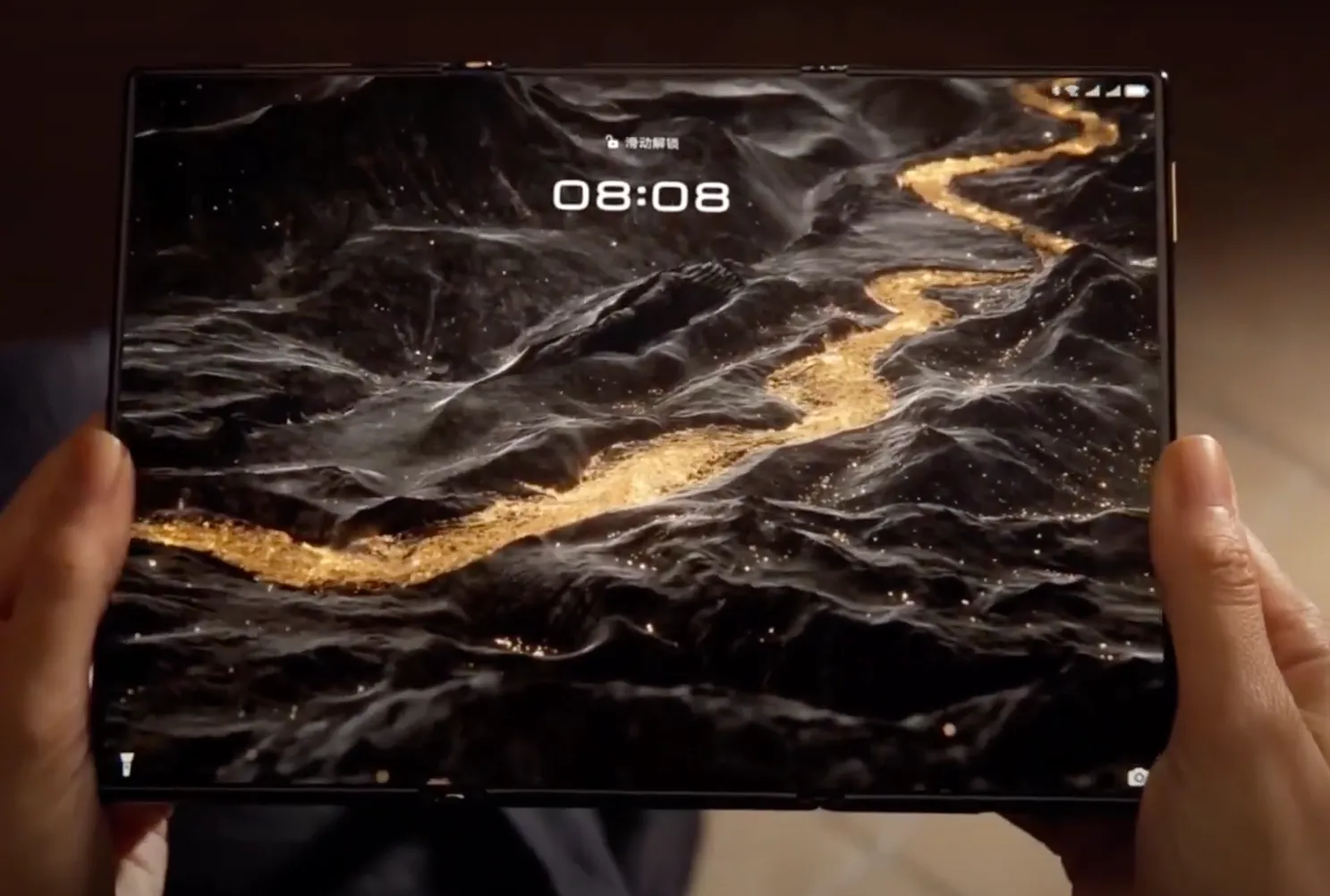
The simultaneous launches of Huawei’s Mate XT and Apple’s iPhone 16 have signalled a pivotal moment in the smartphone industry. With Huawei gaining ground, particularly in China, and introducing world-first innovations like the tri-fold Mate XT, the competition is set to redefine the landscape of premium smartphones.
As foldable technology, AI integration, and consumer demand for cutting-edge features continue to shape the industry, both Apple and Huawei are positioning themselves for a new era of mobile technology. Whether it’s Apple’s stronghold on ecosystems or Huawei’s audacity to break new ground, the future of smartphones looks brighter—and more competitive—than ever.

